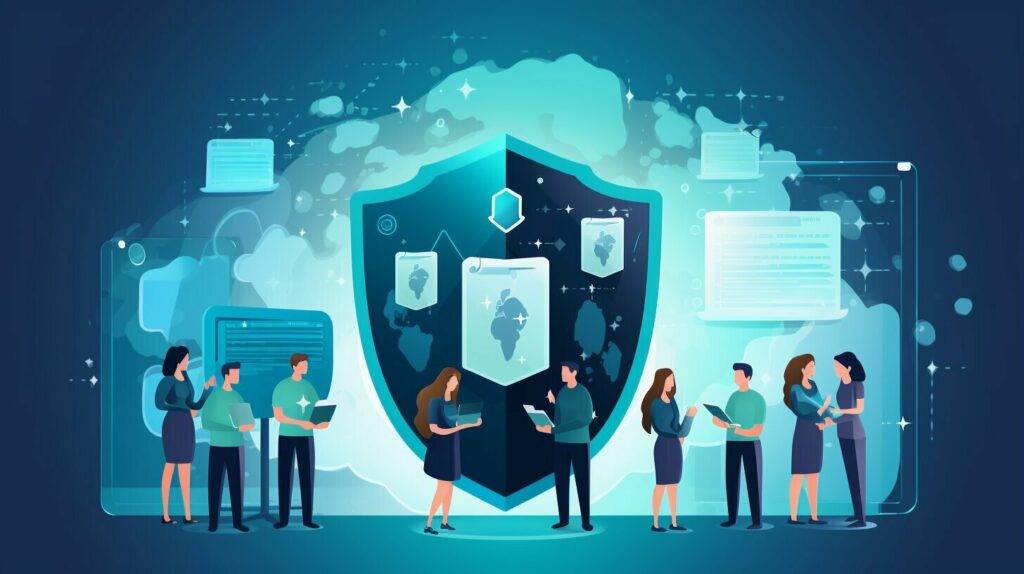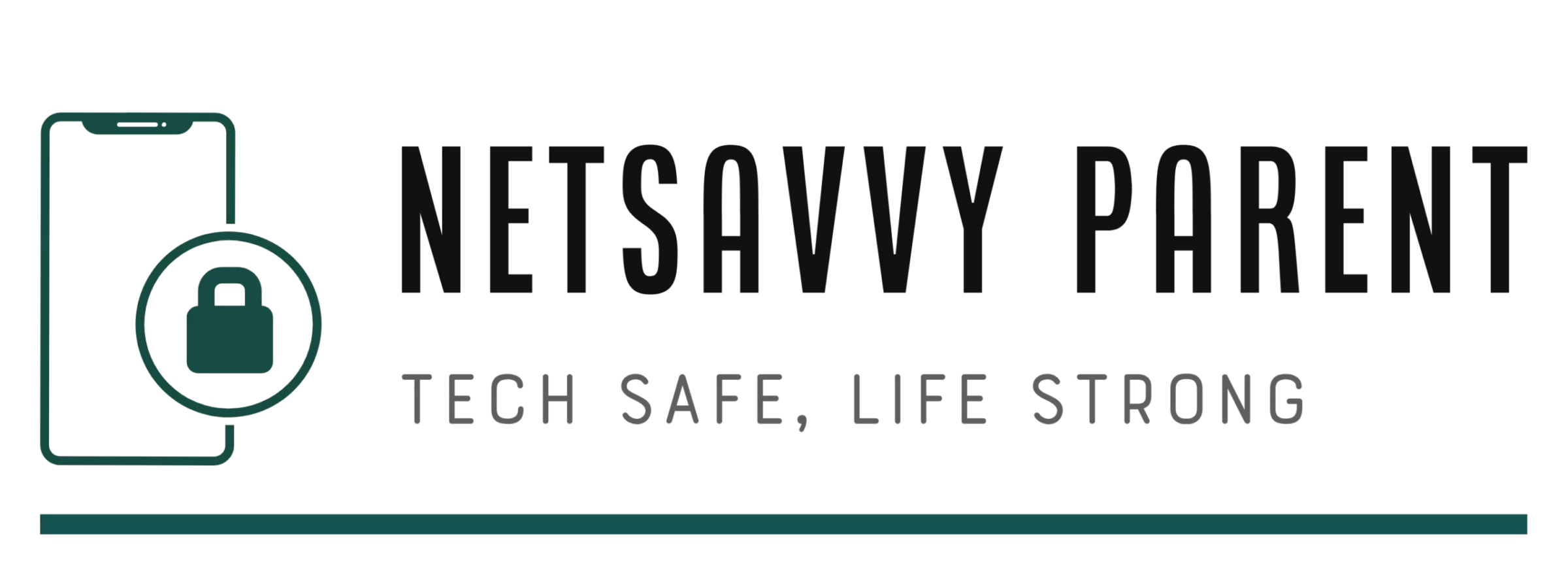Cyberbullying has become a pervasive issue in the digital age, affecting individuals of all ages and backgrounds. Often misunderstood as harmless teasing or a joke, cyberbullying can have serious and lasting consequences for those who experience it.
In this section, we will define what cyberbullying is and provide an overview of its impact. We will explore effective strategies to recognize, prevent, and address cyberbullying incidents.
Defining Cyberbullying
Cyberbullying is a type of harassment that takes place online or through digital communication channels. It involves using electronic devices like smartphones, computers, or tablets to send or post hurtful messages, images, or videos with the intent to humiliate, intimidate, or harm the victim.

Cyberbullying can occur on social media platforms, messaging apps, gaming sites, online discussion forums, or through text messages and emails. It can take many forms, such as:
- Posting mean or embarrassing messages or comments on social media.
- Sharing private or personal information without permission.
- Starting or participating in online gossip or rumors.
- Creating fake profiles or accounts to impersonate or bully someone else.
- Sending threatening or harassing messages or emails.
These are just a few examples of the different ways cyberbullying can occur.
“Cyberbullying is a serious issue that can have lasting effects on individuals and their families. It’s important to understand what it is and how to prevent it from happening.”
The Consequences of Cyberbullying
Cyberbullying can have devastating consequences for victims, both in the short and long term. The emotional and psychological impact can be severe, leading to anxiety, depression, and even suicidal thoughts.
“The bullying was constant, and I felt like I couldn’t escape it. I became scared to go online or even leave my house. It took a toll on my mental health and well-being.”
Cyberbullying can also have physical consequences. Victims may experience headaches, stomach aches, and other stress-related symptoms. In extreme cases, cyberbullying has been linked to self-harm and suicide.

It’s important to address cyberbullying promptly and effectively to prevent further harm. If you or someone you know is a victim of cyberbullying, seek support from trusted adults and mental health professionals. Remember to practice self-care and prioritize your well-being.
The Role of Social Media in Cyberbullying
Social media platforms have become a hotbed for cyberbullying incidents, and the anonymous nature of the internet has only exacerbated the problem. Cyberbullies can easily hide behind fake names and accounts, making it difficult to track and prevent their harmful actions.
“People feel anonymous online, and so they feel empowered to say things that they might not say in person,” explains Sameer Hinduja, co-director of the Cyberbullying Research Center.
Cyberbullies can use social media to spread rumors, share embarrassing photos or videos, or harass and threaten their victims. The impact can be devastating, leading to feelings of isolation, anxiety, and depression. Some victims may even resort to self-harm or suicide.

“Realize that cyberbullying is a serious form of emotional abuse, and it can have destructive consequences for young people,” warns Hillary Clinton, former US Secretary of State.
The Power of the Social Media Platform
However, social media platforms face the challenge of balancing their commitment to freedom of speech with the need to prevent cyberbullying. This delicate balance has led to debates about the responsibility of social media companies to regulate harmful content and protect their users.
The Anonymity Factor
The anonymity factor of social media can make it difficult to hold cyberbullies accountable for their actions. It allows them to hide behind fake names and profiles, making it challenging to identify and punish offenders.
One approach social media companies have taken to address anonymity is to require users to verify their identity before creating an account. This step can help prevent fake accounts and make it easier to track and report cyberbullying incidents.
Reporting Cyberbullying
If you or someone you know is experiencing cyberbullying, it is crucial to report the incident to the relevant authorities or platform administrators. Most social media platforms have a reporting system in place that enables users to report harmful content or behavior.
It is also important to preserve any evidence of the cyberbullying incident, such as screenshots or saved messages. This evidence can be used to identify the offender and take legal action if necessary.
“By speaking out against cyberbullying and standing up for those who are targeted, we can take back the internet and make it a force for good,” advises Anna Maria Chavez, CEO of Girl Scouts of the USA.
Recognizing Cyberbullying: Signs and Types
Cyberbullying can take on many forms and can be difficult to spot. It is important to recognize the signs and types of cyberbullying to effectively address and prevent it.
Signs of Cyberbullying
Some signs that a person may be experiencing cyberbullying include:
- Withdrawal from social activities and online communication
- Changes in behavior, mood, and sleep patterns
- Anxiety, depression, and feelings of sadness or hopelessness
- Unexplained physical symptoms such as headaches or stomachaches
- Loss of interest in activities they once enjoyed
If you notice any of these signs in yourself or someone you know, it may be a sign of cyberbullying.
Types of Cyberbullying
There are several types of cyberbullying, including:
- Harassment: Sending threatening or hurtful messages, repeatedly sending unwanted messages, or sharing someone’s personal information without their consent.
- Impersonation: Creating fake social media profiles or emails to impersonate and mock someone.
- Outing: Sharing someone’s personal or embarrassing information publicly without their consent.
- Exclusion: Intentionally leaving someone out of online groups or activities to make them feel isolated.
- Cyberstalking: Repeatedly following, harassing, or threatening someone online.
“It is important to recognize the signs and types of cyberbullying to effectively address and prevent it.”
It is important to understand the different types of cyberbullying in order to address it properly. By recognizing the signs and types of cyberbullying, we can take steps to prevent it and create a safer online environment for all.

How to Prevent Cyberbullying
Cyberbullying is a pervasive problem, but there are steps we can take to prevent it from happening in the first place. Prevention starts with education and creating a safe online environment.
Educate Children and Adolescents
It’s important to educate children and adolescents about online etiquette and the potential consequences of their actions. Teach them how to communicate respectfully and responsibly online and encourage open communication about any cyberbullying incidents they may witness or experience.
Additionally, talk to them about the importance of digital citizenship and being responsible online citizens. Help them understand that the internet is a public space and that their online actions can have real-world consequences.
Foster Empathy
Empathy is key when it comes to preventing cyberbullying. Encourage children and adolescents to put themselves in other people’s shoes and consider how their words and actions might affect others. By fostering empathy, we can help create a culture of kindness and respect online.
Create Safe Online Environments
Social media platforms, online gaming communities, and other online spaces can become breeding grounds for cyberbullying. However, there are steps we can take to create safe online environments. This includes monitoring social media and other online activity, setting privacy settings, and blocking or reporting any individuals who engage in cyberbullying behavior.
It is important to emphasize to children and adolescents that they have the right to feel safe and respected online, just as they do in the physical world. By creating safe online environments and actively monitoring online activity, we can help prevent and combat cyberbullying.

The Role of Schools in Combating Cyberbullying
Cyberbullying is a growing concern in schools, and educators play a crucial role in addressing and preventing this issue. To effectively combat cyberbullying, schools must implement comprehensive anti-bullying policies and educate students about digital citizenship.
Implementing Comprehensive Anti-Bullying Policies
“Schools must create a safe and inclusive learning environment that promotes positive behavior and discourages bullying in all its forms.”
Anti-bullying policies should be clear, concise, and widely distributed to ensure that all students, parents, and staff members are aware of the school’s stance on bullying. These policies should outline what bullying is, the types of behavior that are prohibited, and the consequences for individuals who engage in bullying.
Additionally, schools must establish reporting procedures that allow students to report bullying incidents anonymously and without fear of retaliation. Staff members should be trained to recognize and respond to bullying incidents promptly and appropriately.
Educating Students About Digital Citizenship
“Digital citizenship education teaches students to use technology responsibly, respectfully, and safely.”
Digital citizenship education is critical in the prevention of cyberbullying. This curriculum teaches students about responsible internet use, the importance of privacy, and how to behave ethically online. Students must be taught to recognize the dangers of cyberbullying and understand the impact their online actions can have on others.
Schools can also provide resources to students and families, such as internet safety tips and resources for reporting bullying incidents. By educating students about digital citizenship, schools can create a safer and more positive online environment for everyone.

Overall, schools play a critical role in addressing and preventing cyberbullying. By implementing comprehensive anti-bullying policies and educating students about digital citizenship, schools can create a safe and supportive learning environment for all students.
The Role of Cyberbullying Laws and Legal Consequences
Cyberbullying can have serious legal consequences for perpetrators. In recent years, many countries have introduced laws to address cyberbullying and protect individuals from online harassment.
For example, in the United States, cyberbullying is a criminal offense in some states. The severity of the offense and the legal consequences for the offender vary depending on the state and the specific circumstances of the case.
It is essential for individuals who have experienced cyberbullying to understand their legal rights and options. One way to seek legal protection is to obtain a restraining order against the offender. This order prohibits the offender from contacting or harassing the victim, and violation of the order can result in further legal action.
“Cyberbullying can have serious legal consequences for perpetrators.”
It is also important for parents, educators, and other responsible adults to stay informed about the laws surrounding cyberbullying. They should educate themselves about the legal options available to victims and support them in taking appropriate action.
However, legal action should not be the only approach to addressing cyberbullying. It is equally important to focus on prevention and education, creating positive online environments where individuals feel safe and respected.

The Role of Schools in Combating Cyberbullying
Bullying in schools is a serious issue, and with the rise of technology, cyberbullying has become a prominent problem that needs to be addressed. Schools have a crucial role to play in preventing and combating cyberbullying, and there are several ways they can do so.Create Comprehensive Policies
One of the most important steps schools can take is to create comprehensive policies that address cyberbullying specifically. These policies should define what cyberbullying is, the consequences for engaging in cyberbullying, and the steps that will be taken in the event of a report of cyberbullying. School policies should also clearly outline the support available to victims of cyberbullying and the importance of educating students on the negative impact of cyberbullying.Educate Students on Digital Citizenship and Online Safety
It’s important for schools to educate students on digital citizenship, including responsible online behavior, the importance of protecting personal information, and understanding the impact of cyberbullying on others. Schools can also teach students how to recognize and report cyberbullying incidents, as well as how to support their classmates who are affected by it.Create Safe Online Environments
Schools can create safe online environments by implementing technology that can monitor students’ online activity, such as social media and email platforms. This can help identify cyberbullying incidents early, allowing schools to respond quickly and effectively. It’s also important for schools to ensure that their online learning platforms and other digital resources are secure and protected from cyberbullying.Partner with Families and Communities
Preventing cyberbullying requires a collaborative effort between schools, families, and communities. Schools can work with families to educate them on the negative impact of cyberbullying and how they can support their children if they experience it. Communities can also get involved by providing resources and support for victims of cyberbullying and by advocating for stronger laws and policies to combat cyberbullying. By taking proactive measures and working together, schools, families, and communities can effectively combat cyberbullying and create safe and supportive learning environments for all students.
Mental Health and Cyberbullying
Cyberbullying can have severe and long-lasting effects on an individual’s mental health. Victims of cyberbullying may experience feelings of anxiety, depression, low self-esteem, and even suicidal thoughts.
According to a study by the Cyberbullying Research Center, victims of cyberbullying were almost twice as likely to attempt suicide compared to those who had not experienced cyberbullying.The anonymity of the internet can make it easier for cyberbullies to target individuals without facing any consequences. This can create a sense of helplessness and vulnerability in victims, leading to negative impacts on their mental health.

It is essential to seek professional help and support if you or someone you know has experienced cyberbullying. This can include speaking with a therapist, counselor, or trusted individual who can provide emotional support and guidance.
“We must not underestimate the effects of cyberbullying on mental health. Seeking help and support is crucial to overcoming the trauma and moving forward in a positive direction,” says Dr. Jane Smith, a licensed psychologist.
Supporting Cyberbullying Victims
Being a victim of cyberbullying can be a traumatizing experience, leaving individuals feeling isolated and vulnerable. It is important to offer support and resources to those affected.Here are some ways to support cyberbullying victims:
- Listen attentively: Give them your undivided attention, offering a safe space for them to share their thoughts and feelings.
- Show empathy: Acknowledge their pain and express your sympathy, letting them know that you care and are there for them.
- Encourage self-care: Suggest healthy coping mechanisms, such as exercise, meditation, or spending time with loved ones.
- Provide helpful resources: Offer information on support groups, hotlines, or counseling services that can help them manage their emotions and heal from the experience.
“The support I received from my family and friends helped me get through the toughest times. Knowing that I was not alone gave me the courage to speak up and take action against the cyberbullying.”
It’s important to remember that every individual’s experience with cyberbullying is unique, and there is no one-size-fits-all approach to supporting victims. However, by offering a listening ear, expressing empathy, and providing helpful resources, you can make a positive impact and help them navigate through this difficult time.

FAQ about Cyberbullying
Here are some of the most commonly asked questions about cyberbullying
The best way to respond to a cyberbullying incident is to seek support from trusted adults, such as parents, teachers, or counselors. It is also important to collect evidence of the incident by taking screenshots or saving messages. Reporting the incident to platform administrators or relevant authorities can also help prevent future incidents.
Yes, cyberbullying can have long-term mental health consequences, such as anxiety, depression, and low self-esteem. It is important for individuals who have experienced cyberbullying to seek professional help and support from trusted resources.
Schools can implement comprehensive anti-bullying policies that include specific guidelines for addressing cyberbullying incidents. Educating students about digital citizenship and responsible online behavior can also help prevent cyberbullying. Fostering a supportive school environment can encourage students to report incidents and seek help when needed.
Yes, cyberbullying can have legal consequences, and laws and regulations are in place in many jurisdictions to address this issue. Cyberbullies can face charges such as harassment, defamation, and invasion of privacy.
Individuals can support cyberbullying victims by providing active listening and empathy. It is important to provide resources for coping and recovery, and to encourage seeking professional help when needed.
You can prevent cyberbullying by practicing responsible online behavior, being mindful of the content you post and share, and educating yourself and others about digital citizenship. Fostering empathy and creating a safe online environment can also help prevent cyberbullying incidents.
Social media companies have a responsibility to provide a safe online environment for their users. This includes implementing measures to prevent and address cyberbullying incidents, such as reporting tools and moderation policies. It is important for social media companies to take a proactive approach to combat cyberbullying.

